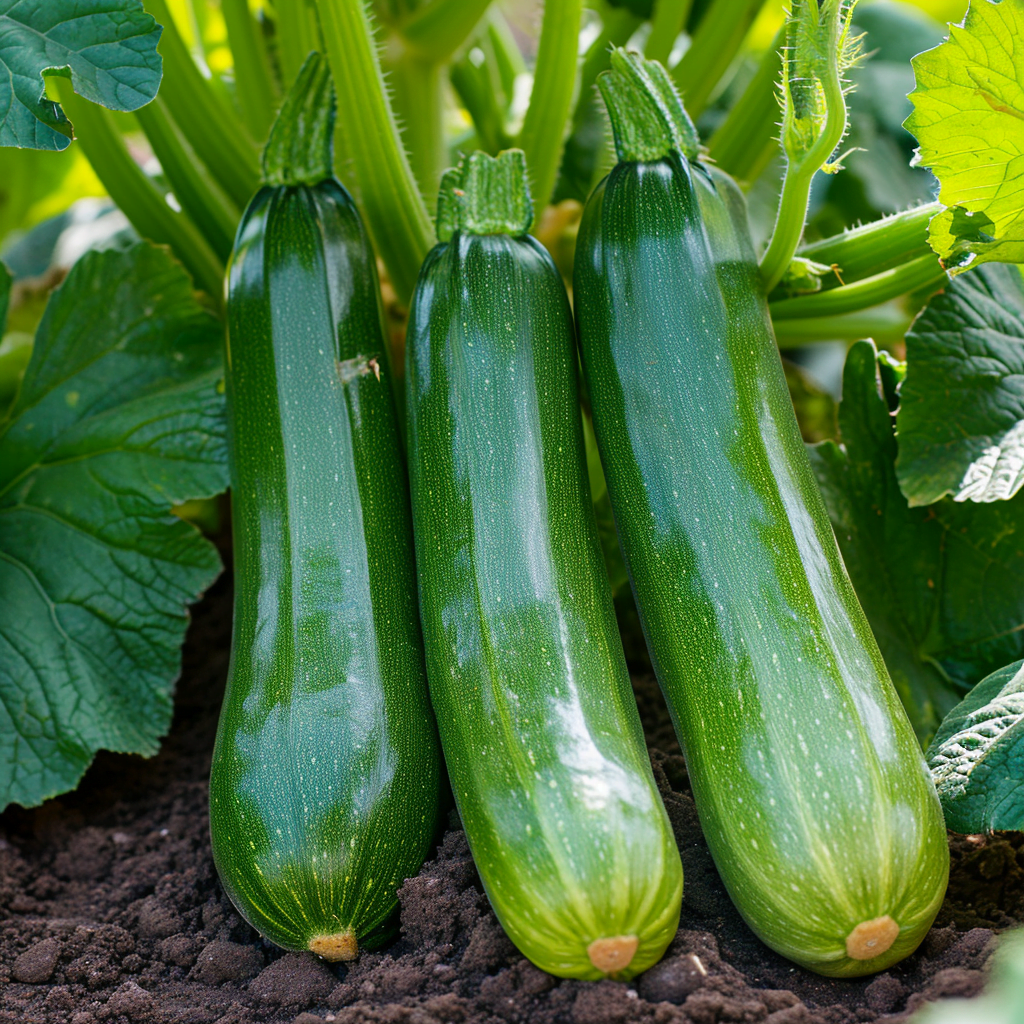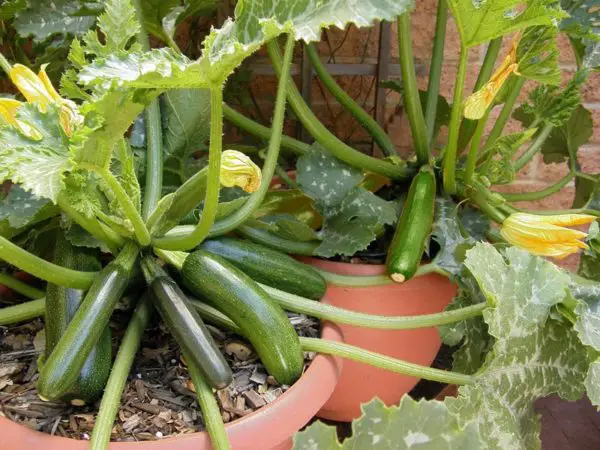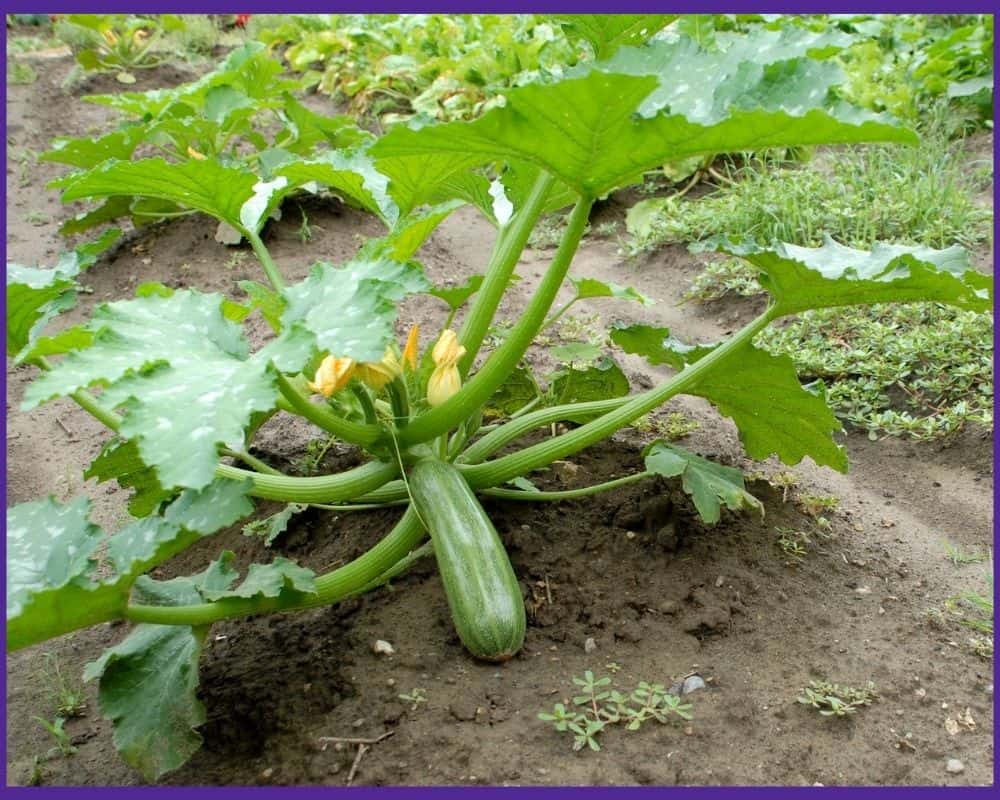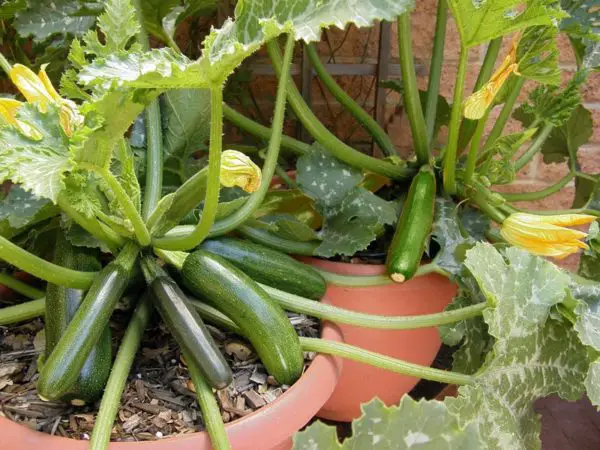The amount of space required for zucchini roots is a crucial factor to consider when planning your garden. In order to optimize the growth and yield of your zucchini plants, it is essential to understand their root system and provide adequate room for it to develop. This article as the title suggest “How much room do zucchini roots need?” will examine the specific requirements of zucchini roots, exploring the factors that influence their growth, the impact of limited space on plant health, and the potential solutions to optimize root development. By delving into this important aspect of zucchini cultivation, you will gain valuable insights to ensure the successful growth of your plants and a bountiful harvest.
Importance of Understanding Zucchini Root Requirements
Understanding the root requirements of zucchini plants is crucial for successful cultivation and optimal yields. The roots play a vital role in absorbing water, nutrients, and anchoring the plant to the soil. By comprehending the characteristics, factors, and ideal conditions that promote healthy root development, growers can ensure the vigorous growth and productivity of their zucchini plants. This article aims to explore the importance of understanding zucchini root requirements in order to maximize plant health and yields.
Zucchini Plant Anatomy
Before delving into the specifics of zucchini root requirements, it is important to have a basic understanding of the anatomy of the zucchini plant. Zucchini plants, like many other plants, consist of various parts, each with its own function. The roots, stems, leaves, flowers, and fruits all contribute to the overall growth and development of the plant. However, for the purposes of this article, we will primarily focus on the roots and their significance in supporting the health and productivity of zucchini plants.
Characteristics of Zucchini Roots
Root Structure
Zucchini roots have a specialized structure that enables them to effectively carry out their functions. The root system consists of a main taproot, which grows vertically downwards into the soil, and lateral or secondary roots that extend horizontally from the main root. These secondary roots are responsible for absorbing water and nutrients from the surrounding soil.
Root Growth
Zucchini roots exhibit continuous growth throughout the plant’s life cycle. Initially, the main taproot develops quickly and serves to anchor the plant and provide stability. As the plant matures, lateral roots begin to form and spread wider, establishing a stronger root network. Understanding the growth pattern of zucchini roots is essential for determining the appropriate amount of space required for optimal development.
Root Function
The roots of zucchini plants have multiple functions essential for their survival and growth. One of the primary functions is water absorption, allowing the plant to maintain proper hydration levels. Additionally, roots serve as the primary site for nutrient uptake from the soil. They absorb essential macronutrients such as nitrogen, phosphorus, and potassium, as well as micronutrients like iron, zinc, and magnesium. The roots also play a vital role in anchoring the plant, providing stability against external forces such as wind or heavy rain.

Factors Affecting Zucchini Root Development
Various factors can influence the development and health of zucchini roots. Understanding these factors is crucial for ensuring optimal conditions for root growth and maximizing plant productivity.
Soil Type
Soil type significantly impacts the growth and development of zucchini roots. Zucchini plants thrive in well-draining soils with good water-holding capacity. Sandy soils tend to drain too quickly, leading to inadequate moisture retention, while clay soils can become compacted, hindering root growth. A loamy soil, which combines the beneficial qualities of sand, silt, and clay, generally provides an optimal growing medium for zucchini roots.
Moisture Conditions
Moisture is a critical factor for zucchini root development. Insufficient moisture can result in stunted growth and reduced nutrient uptake, while excessive moisture can lead to root rot and other diseases. Maintaining an adequate and consistent moisture level in the soil is crucial for promoting healthy root growth. Regular watering and proper drainage systems are necessary to achieve optimal moisture conditions.
Nutrient Availability
The availability of nutrients in the soil directly impacts the growth and development of zucchini roots. Nutrient deficiencies or imbalances can result in poor root formation, reduced plant vigor, and lower yields. Conducting regular soil tests to assess nutrient levels and applying appropriate fertilizers or organic amendments can help ensure that zucchini plants receive the necessary nutrients for healthy root growth.
Spacing
Proper spacing between zucchini plants is vital for their root development. Insufficient spacing can lead to overcrowding, competition for resources, and restricted root growth. The ideal spacing between zucchini plants allows each plant to develop a robust root system, ensuring efficient nutrient and water uptake. Adequate spacing also facilitates air circulation, reducing the risk of fungal diseases.
Companion Plants
Companion planting can also play a role in the root development of zucchini plants. Some plants, when grown alongside zucchini, release beneficial compounds or attract beneficial insects that promote healthy root growth. On the other hand, certain companion plants may have negative interactions with zucchini roots, inhibiting their development. Choosing suitable companion plants can contribute to the overall health and vitality of zucchini roots.

Ideal Soil for Zucchini Roots
Creating the ideal soil conditions for zucchini roots is crucial for promoting healthy growth and maximizing yields. Several factors contribute to the suitability of soil for zucchini plants.
Well-draining Soil
Zucchini plants require soil that drains well to prevent water saturation and root rot. Soil with excessive clay content tends to retain water, hindering drainage and causing potential harm to the roots. On the other hand, sandy soils drain too quickly, leading to insufficient moisture for root development. A well-draining soil provides an optimal balance between moisture retention and drainage, ensuring that zucchini roots have access to adequate water without being waterlogged.
Loamy Soil
Loamy soil, which consists of a balanced mixture of sand, silt, and clay, is considered ideal for zucchini plants. This type of soil retains moisture while allowing excess water to drain away, avoiding waterlogged conditions that can harm the roots. Loamy soil also provides excellent nutrient retention, promoting healthy root growth and overall plant vigor.
Organic Matter
Incorporating organic matter into the soil can greatly benefit zucchini root development. Organic matter, such as well-rotted compost or aged manure, improves soil structure, enhances nutrient content, and promotes beneficial microbial activity. This, in turn, creates a favorable environment for root growth and nutrient uptake. Regularly amending the soil with organic matter can help maintain the ideal conditions for zucchini roots.
Optimal Spacing for Zucchini Plants
Providing adequate spacing between zucchini plants is essential for their root development, overall plant health, and maximum productivity. Proper spacing allows each plant to grow a well-developed root system without competition for resources.
Above-Ground Spacing
For optimum root development, zucchini plants should be spaced adequately above ground. This involves leaving enough space between each plant to ensure ample light exposure, air circulation, and access to nutrients. A general guideline is to space zucchini plants approximately 2 to 3 feet apart to allow for optimal growth and prevent overcrowding.
Below-Ground Spacing
In addition to above-ground spacing, below-ground spacing is also crucial for zucchini root development. It is recommended to provide each zucchini plant with a sufficient area for root expansion. This typically involves preparing a planting hole of at least 12 to 18 inches in diameter and 12 to 15 inches deep to accommodate the growing roots. Appropriate below-ground spacing ensures that the roots can freely extend and absorb nutrients from the soil.

Root Depth Requirements of Zucchini Plants
Understanding the depth requirements of zucchini roots is key to providing adequate soil volume for their growth. On average, zucchini roots can extend up to 2 to 3 feet deep into the soil. Therefore, it is imperative to ensure that the soil is deep enough to accommodate this root depth. Insufficient soil volume can limit root growth, leading to restricted nutrient and water uptake, which in turn can negatively impact plant growth and yield.
Implications of Insufficient Root Space
Insufficient root space can have detrimental effects on the health and productivity of zucchini plants. It is crucial to be aware of the implications of restricted root growth in order to prevent potential issues.
Reduced Nutrient Uptake
When zucchini roots lack sufficient space to expand and explore a larger soil volume, their ability to absorb nutrients becomes limited. This can result in nutrient deficiencies, hindering plant growth and productivity.
Stunted Growth
Limited root space can lead to stunted growth in zucchini plants. Restricted root growth prevents the plants from accessing an adequate water and nutrient supply, causing them to remain small and underdeveloped.
Lower Yields
Insufficient root space often translates to lower yields in zucchini plants. When the roots are unable to access the necessary resources for robust growth and development, the overall productivity of the plants decreases.
Increased Susceptibility to Disease
Restricted root growth can weaken the overall health and vigor of zucchini plants, making them more susceptible to various diseases and pests. Without a well-developed and functioning root system, the plants are less equipped to defend against and recover from infections.

Methods to Promote Healthy Root Growth
To ensure optimal root growth and development in zucchini plants, several methods can be employed.
Proper Watering Techniques
Implementing appropriate watering techniques is crucial for promoting healthy root growth in zucchini plants. It is essential to provide consistent moisture to the plants without overwatering. Irrigation should be done deeply but infrequently, allowing the soil to dry out slightly between watering sessions. This encourages the roots to grow deeper in search of water, enhancing their overall development.
Fertilization Strategies
Adopting effective fertilization strategies is vital for supplying zucchini plants with the necessary nutrients for root growth. Regular soil testing can determine the nutrient levels in the soil, allowing for targeted fertilization. Using organic fertilizers or well-balanced synthetic fertilizers can help ensure that the roots receive the appropriate nutrients in the right proportions. Applying fertilizers at the appropriate times during the growing season promotes healthy root development and maximizes plant growth.
Mulching
Mulching can benefit zucchini root growth in multiple ways. Organic mulch, such as straw or wood chips, helps regulate soil temperature, reduces moisture evaporation, and suppresses weed growth. These factors contribute to an optimal soil environment for root development. Mulch also enriches the soil as it decomposes, providing additional nutrients for the roots.
Companion Planting
Strategic companion planting can serve as a natural method to promote healthy root growth in zucchini plants. Some companion plants, such as marigolds or basil, release beneficial compounds that enhance root health and deter harmful pests. Others attract beneficial insects that protect the roots from pests and diseases. Selecting appropriate companion plants can contribute to a thriving root system and overall plant vitality.
Conclusion
Understanding and meeting the root requirements of zucchini plants is essential for successful cultivation and optimal yields. By comprehending the root structure, growth patterns, and functions of zucchini roots, growers can create ideal conditions for root development. Factors such as soil type, moisture conditions, nutrient availability, spacing, and companion plants all play significant roles in promoting healthy root growth. Providing the appropriate soil composition, optimal spacing, and suitable growing conditions can help prevent issues associated with restricted root space and maximize the productivity of zucchini plants. By implementing proper watering techniques, fertilizer application, mulching, and companion planting, growers can foster healthy root growth and ensure the overall success of their zucchini crops.



